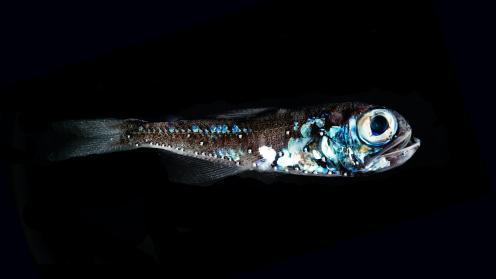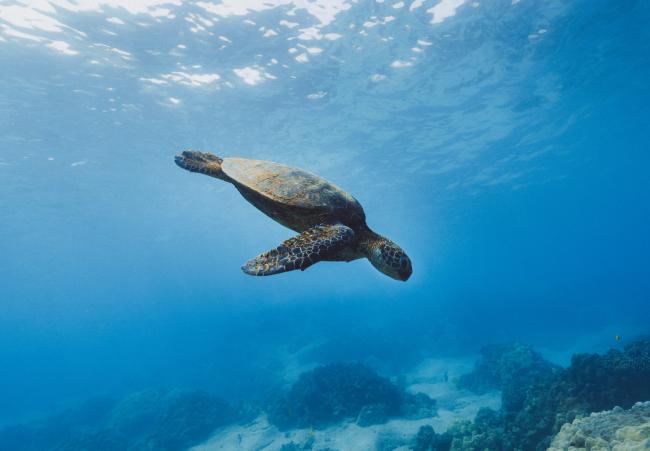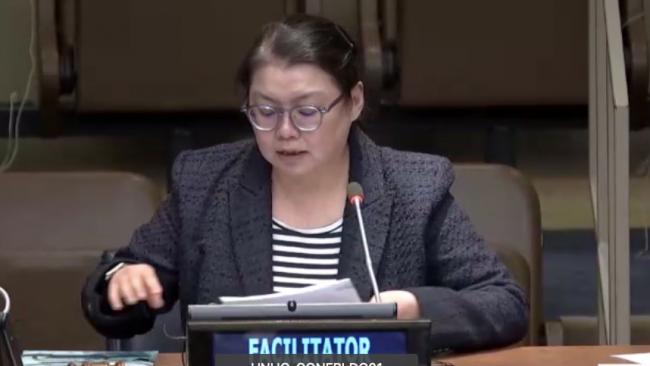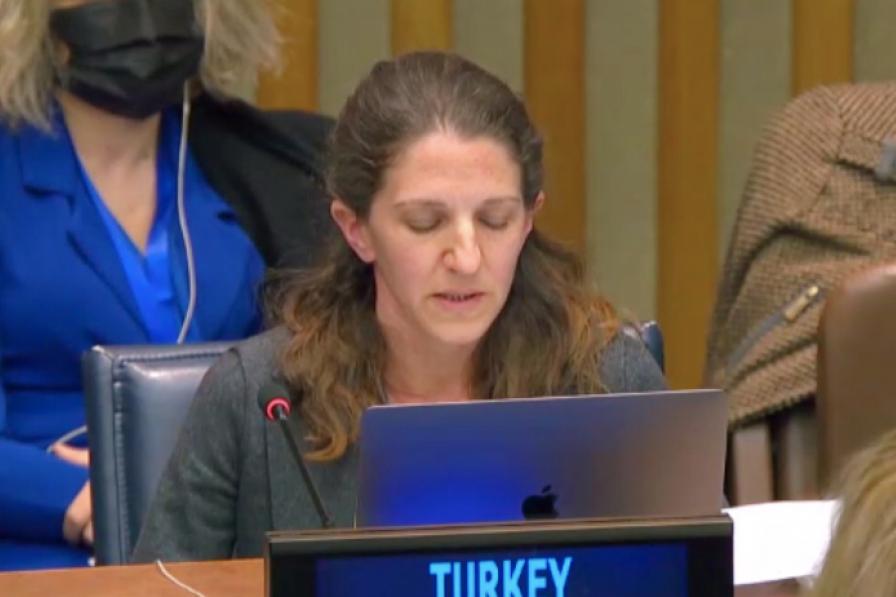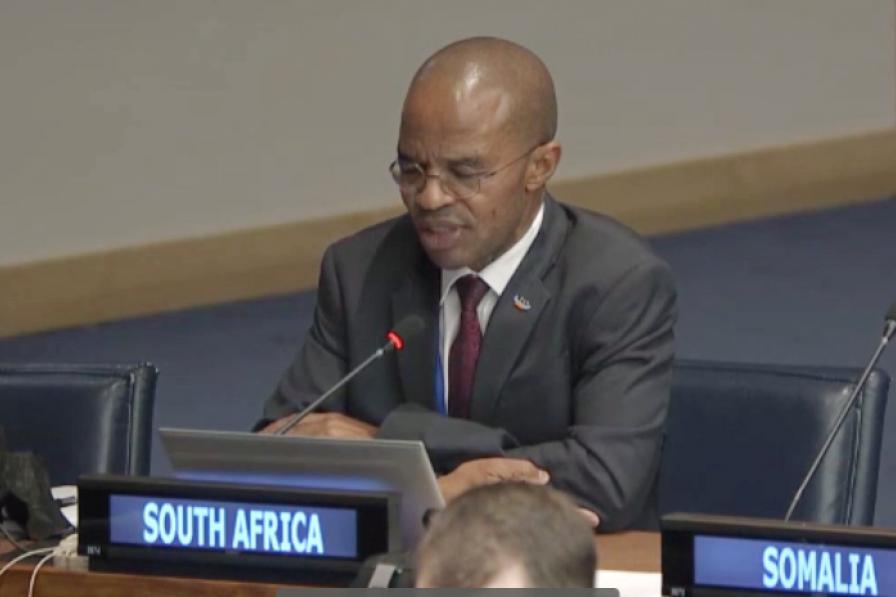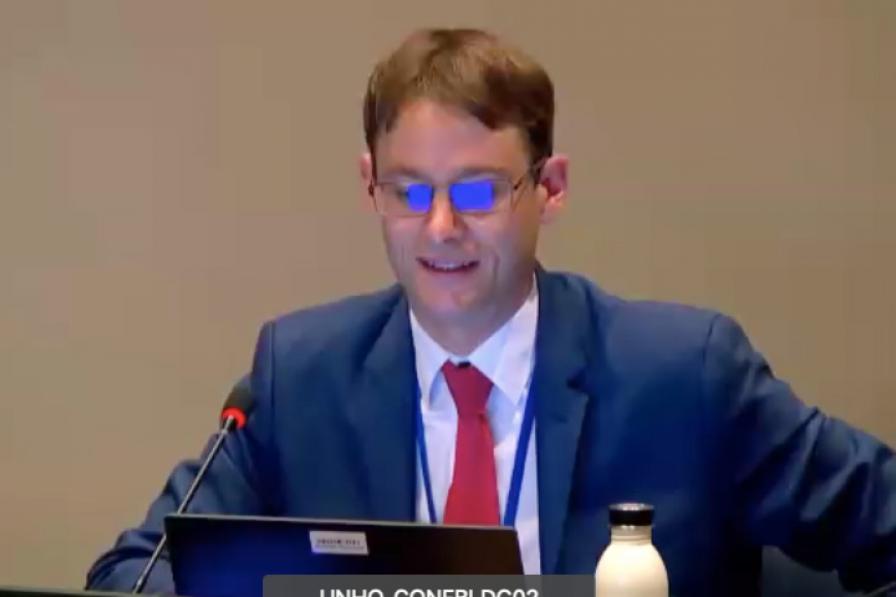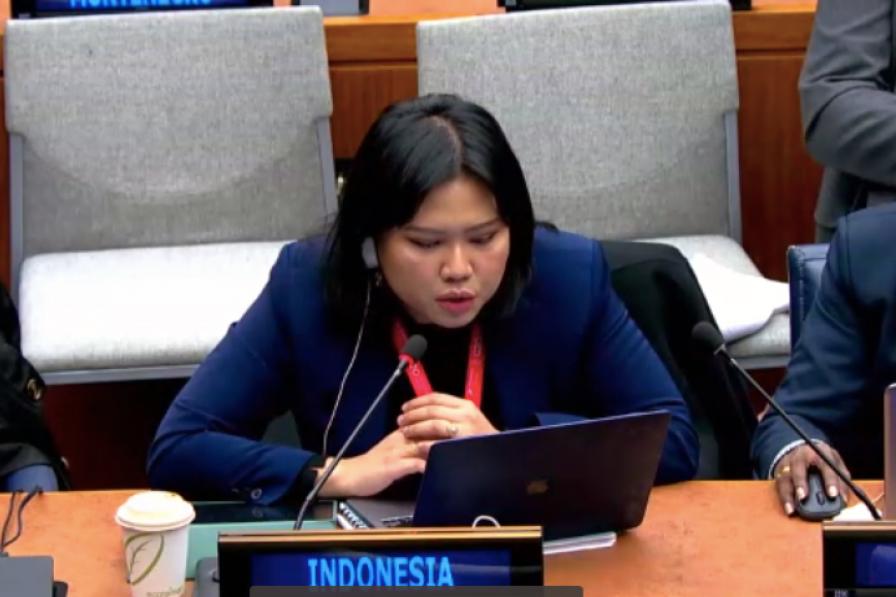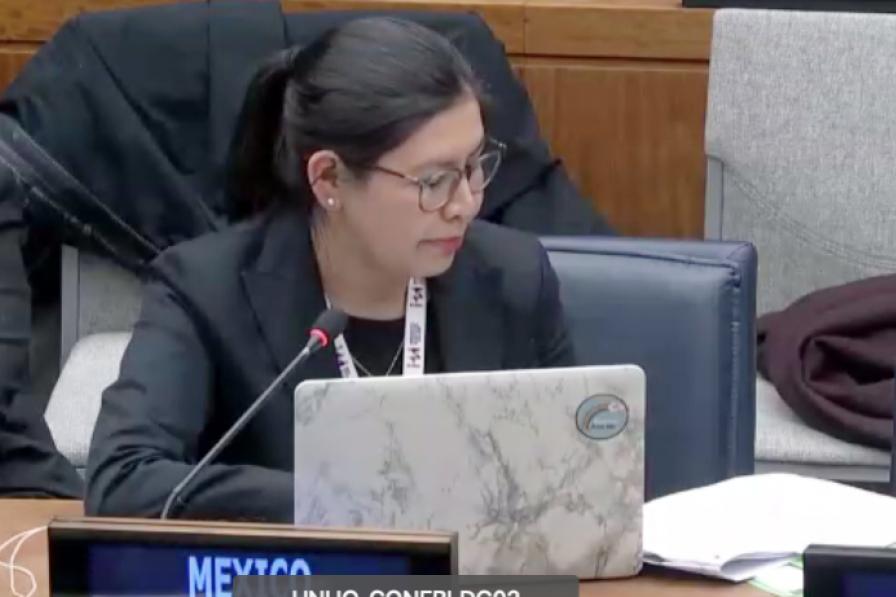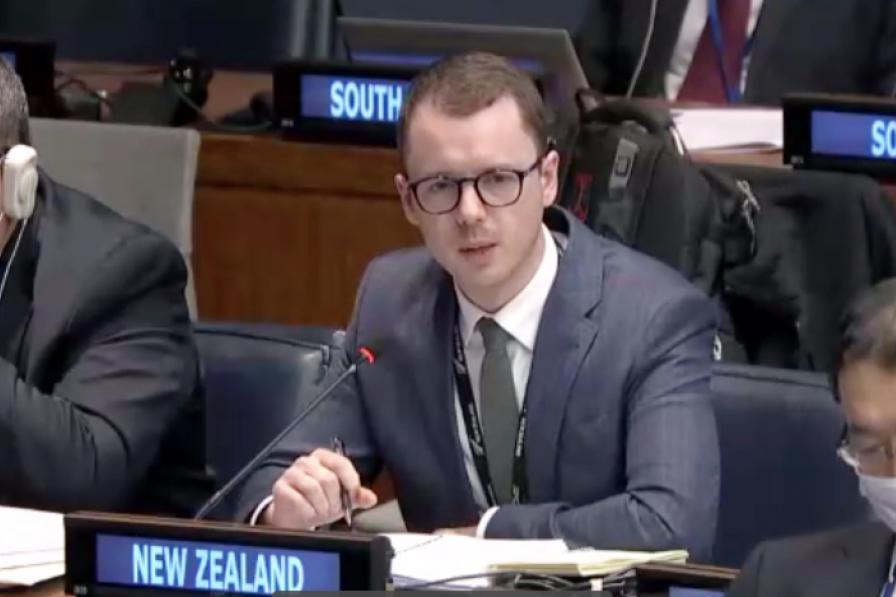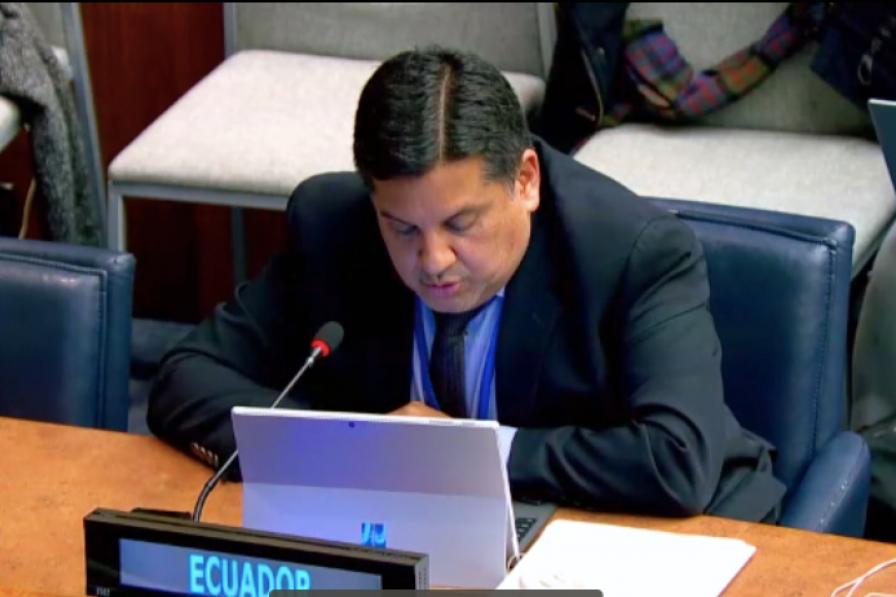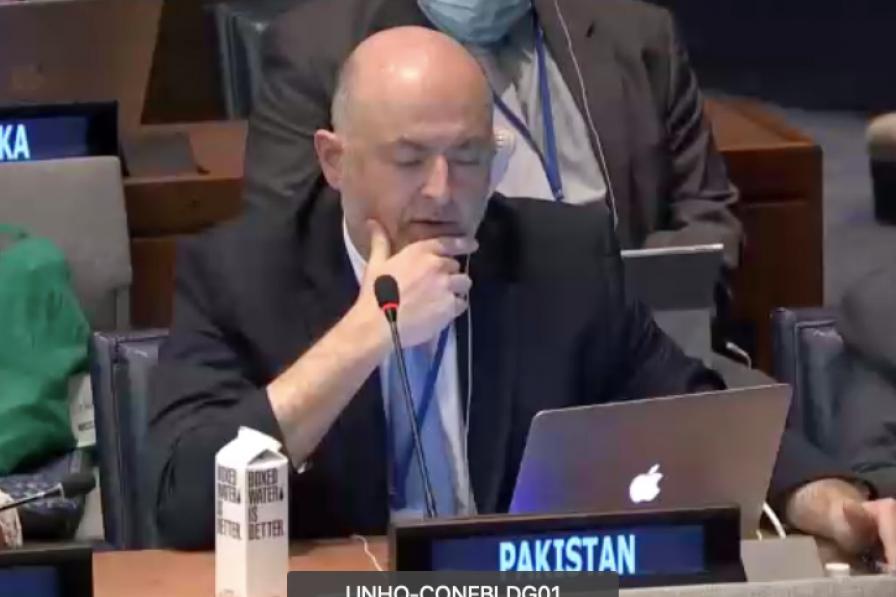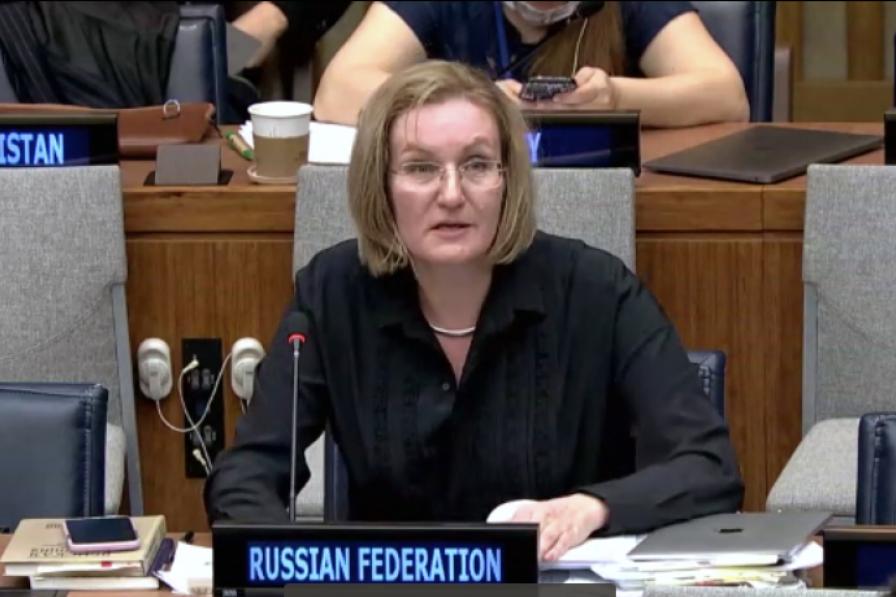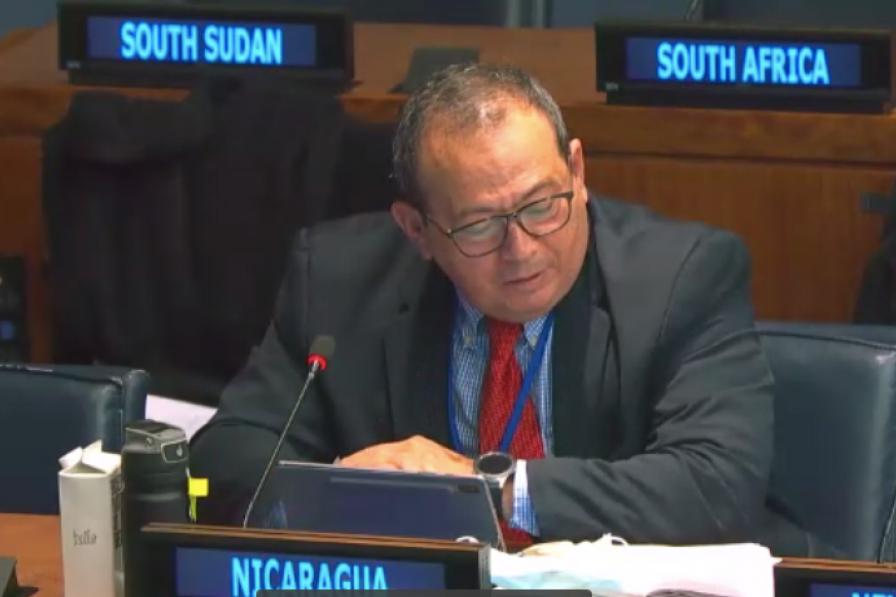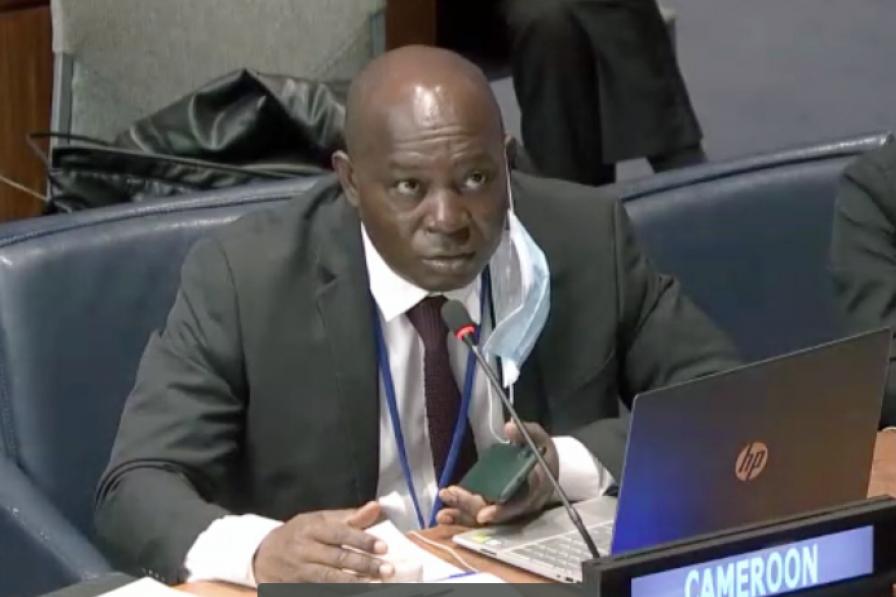On Tuesday, 15 March 2022, delegates attending the fourth meeting of the intergovernmental conference (IGC-4) on an international legally binding instrument under the United Nations Convention on the Law of the Sea on the conservation and sustainable use of marine biological diversity of areas beyond national jurisdiction (BBNJ) continued their discussions on cross-cutting issues, with those viewing the webcast from inside and outside the conference venue having to overcome videoconferencing challenges. Facilitated first by Thembile Joyini (South Africa) and then by IGC President Rena Lee (Singapore), they considered the functions of the clearinghouse mechanism, before discussing financial resources and mechanism. On the latter, they addressed, inter alia:
- the need for a financial mechanism, with some proposing the Global Environment Facility (GEF);
- mandatory vs. voluntary funding, or “voluntary funding on a mandatory basis”; and
- funding needs, including to ensure developing party participation, implementation, and institutional arrangements.
In their discussions on Tuesday, delegates heard from an observer from the GEF on the process for designating the Facility as the financial mechanism for the BBNJ instrument. A number were buoyed after this intervention, urging the Conference to open the lines of communication with the GEF as soon as possible to get the ball rolling on securing a financial mechanism for the BBNJ instrument. However, others were more cautious, calling for more information on how the GEF could best serve a future BBNJ instrument, with one calling for this information to be considered “at IGC-5.”
Delegates also discussed issues of compliance, including a new cross-regional proposal on the establishment of an implementation and compliance committee. Although the proposal garnered interest, many delegations called for more time to study it to better place the different elements, and/or streamline the provisions contained therein. There were also suggestions that whatever the compliance mechanism will eventually look like, it should be non-confrontational, non-adversarial and non-punitive, with some noting that this is the model of the compliance mechanism under the Minamata Convention on Mercury.
Closing out the day, they addressed dispute settlement, discussing whether or not the new BBNJ instrument would require a dispute settlement mechanism wildly different from the measures prescribed by the UN Convention on the Law of the Sea (UNCLOS). Breathing new life into the discussions on this section, one delegation noted that the new instrument’s dispute settlement could be modelled after similar provisions under the Convention on Biological Diversity, which may just address the concerns of countries that are not parties to UNCLOS. On Wednesday, 16 March, the Conference will embark on the final element of the 2011 package: environmental impact assessments.
To receive free coverage of global environmental events delivered to your inbox, subscribe to the ENB Update newsletter.
